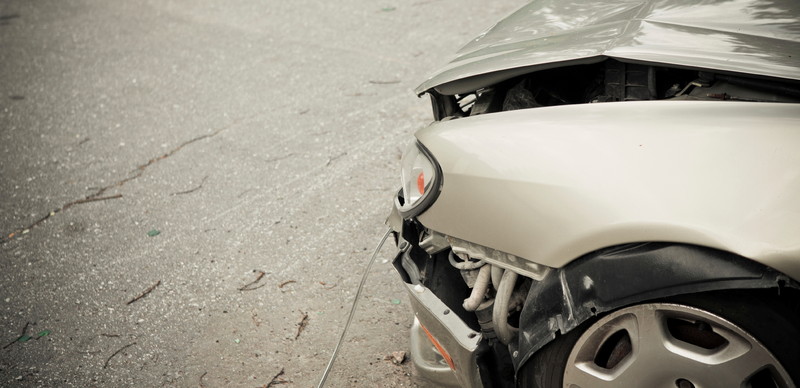Research report assesses severity of crashes involving self-driving cars

(c)iStock.com/Tuomas Kujansuu
A report from the University of Michigan Transportation Research Institute (UMTRI) argues that self-driving vehicles currently have a higher crash rate per million miles travelled than conventional vehicles, as well as for injuries per crash.
The report, entitled “A Preliminary Analysis of Real-World Crashes Involving Self-Driving Vehicles”, notes that hard data, naturally, is on the low side, but the ‘current best estimate’ favours conventional vehicles. Yet the report notes: “We currently cannot rule out, with a reasonable level of confidence, the possibility that the actual rates for self-driving vehicles are lower than for conventional vehicles.”
Despite that, self-driving vehicles were not at fault in any crashes they were involved in – taking its cue from what Google had previously said about its driverless car tests – and the overall severity of crash-related injuries involving self-driving vehicles was lower than for conventional vehicles.
Only three manufacturers were included in the analysis of self-driving vehicles; Delphi Automotive, Volkswagen, and of course Google, with the cars assessed mile for mile in both autonomous vehicle mode and conventional vehicle mode.
For Google, which has covered 1.2 million miles predominantly in California and Texas, the autonomous vehicles had 11 crashes with four injuries – in two different crashes – compared to conventional vehicles’ five crashes with no injuries. The other two manufacturers had practically spotless records – albeit driving only 3950 miles between them – with only one crash, from Delphi in conventional vehicle mode, with no injuries.
2015 has seen eight crashes involving cars in self-driving mode, compared to only three across the previous three years. This is being attributed to more self driving cars on the road, yet it is interesting to note that for 72% of crashes involving self-driving cars were at less than five miles per hour.
All of the crashes involving self-driving cars were a crash with another vehicle, while for conventional vehicles the causes were more varied; crashing with another vehicle (68%) was still the most common, ahead of a crash with a fixed object (15%), a crash with a non-fixed object (14%), and a non-collision (2%).
Again, when it came to the manner of collisions, crashes involving self-driving vehicles were more reliable. Rear end crashes formed 72% of overall crashes, compared to only 48% in conventional vehicles.
The overall consensus therefore is that while, with minimal data, self-driving cars are more of a risk of crashing than conventional vehicles, the types of crashes it is involved in and the severity of the crashes is more predictable than the average car crash. Of course, with each manufacturer arguing the crashes involving autonomous vehicles were the result of human error, the hope is that, when eventually self-driving cars become a majority, the number of crashes will decrease significantly.

Leave a comment
Alternatively
This will only be used to quickly provide signup information and will not allow us to post to your account or appear on your timeline.